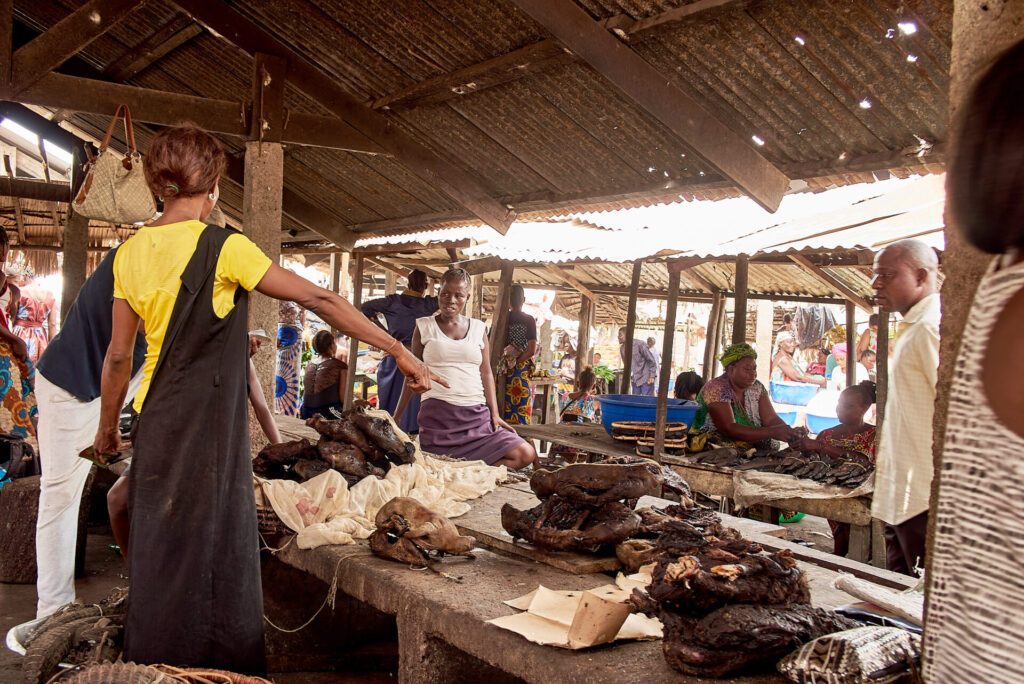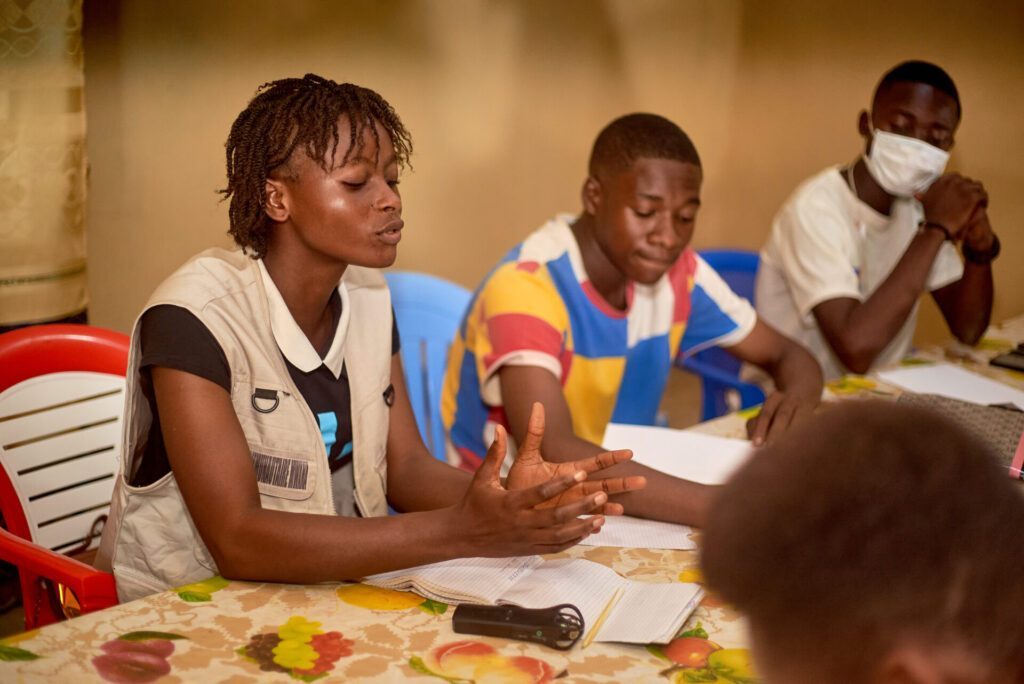Protecting wildlife health by enhancing surveillance systems

Emerging disease events are often attributed to wildlife, yet they can also be caused by human activity, climate change, deforestation, and even some farming practices that disrupt ecosystems. When nature and ecosystems are out of balance, the health of all is impacted. Wild animals can be just as affected as humans by certain pathogens, which are particularly devastating for endangered or vulnerable species. Disease outbreaks can also have repercussions on livelihoods, as wild animals represent an important source of food and income for local communities. Bats, for instance, carry diseases, but are also vital pollinators and seed dispersers, essential to maintaining human food security worldwide as well as the health of ecosystems.
Safeguarding wildlife health keeps crucial ecosystems in balance and helps maintain the health of animals and humans alike.

©WOAH/Elijah Muwaza
Bolstering surveillance through collaboration and early detection
In its Wildlife Health Framework, WOAH provides guidance and a clear path to address challenges at the human-animal-environment interface. Because early detection is vital to prevent pandemics, WOAH contributes to strengthening knowledge on wildlife health, and works towards reinforcing surveillance capacities at national level. Wildlife is inherently difficult to monitor, but the task can be even more arduous if, for example, the surveillance systems for domestic and wild animals are managed by distinct institutions. A highly integrated system is needed, as well as One Health collaboration of the animal, plant, and human health sectors. Therefore, WOAH has already committed itself to long-term collaboration projects with multiple actors, such as CITES, which regulates the trade of endangered species.
Wildlife health in the field: collecting and analysing samples in Cameroon
All photos are by J.-F. Lagrot
2022: the year of the avian influenza surge in wildlife
Collaboration will be crucial to stem the tide of the multiple avian influenza outbreaks which disrupted the poultry industry in 2022, with mortality rates decimating whole flocks and leading to massive preventive culling. Although most of the time, avian influenza is asymptomatic in wild birds, recent outbreaks have led to a worrying number of deaths among wildlife species.
Yet another reminder of how swiftly some diseases can jump from one species to another: 240 cases of avian influenza were reported to WOAH in sea and land mammals such as otters, dolphins and even grizzlies in 2022. The disease is killing wild animals in unprecedented numbers, including vulnerable and endangered species. The infection of mammals is relatively unusual and is a sign that the virus keeps adapting quickly, increasing the potential risk of future spillover events in mammals, including humans. At present, avian influenza spread is bolstered mainly by migratory wild birds, in addition to regulated and unregulated trade of birds, and has spread to new areas where the highly pathogenic form of the disease had not been detected for 20 years.
Throughout this crisis, WOAH has encouraged timely reporting of avian influenza cases and reminded its Members to maintain strict biosecurity and hygiene practices. These measures are communicated through a dedicated avian influenza portal on the organisation’s website, where newly issued guidelines on avian influenza and wildlife risk management are also available.

©WOAH/Elijah Muwaza
Alert: an educational game to improve wildlife health
Building preparedness from local to regional levels is key to prevent viral haemorrhagic fever outbreaks. In 2022, through the EBO-SURSY Project, WOAH launched a new education game called “Alert” to help train audiences on their role in the surveillance system.
The game provides the players with the opportunity to increase their knowledge on their specific role in the alert and response chain–who to notify, and when–, in a collaborative manner. Accurate and timely communication on wildlife health is crucial, and therefore the game was developed by WOAH to increase a community’s confidence in notifying appropriate local health and wildlife officials of possible outbreaks and spillovers in their natural surroundings. The success of a surveillance system for wildlife health hinges on the thorough involvement of all stakeholders, and especially that of the local communities: by providing early warnings of spillovers in the community to the health workforce, they play a critical role in the early detection of diseases.
The veterinary workforce and field agents from all relevant sectors are also encouraged to use the game. It should help them better understand their roles and responsibilities in their region’s surveillance system.
Due to its success, the game will be adapted to other regions in need such as Asia.






